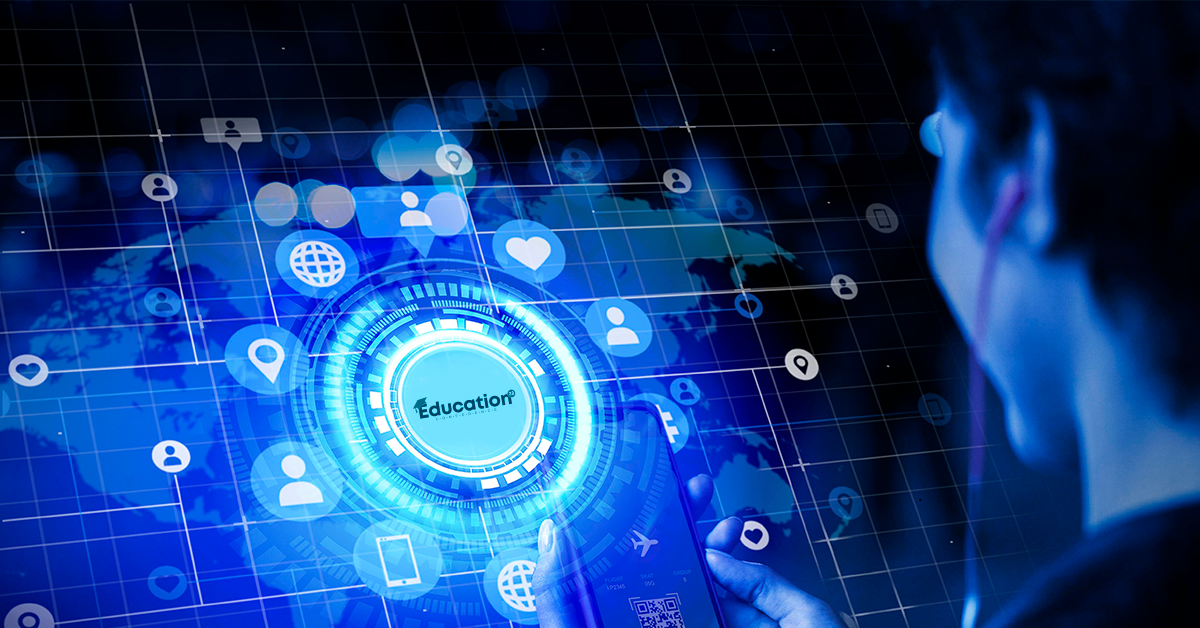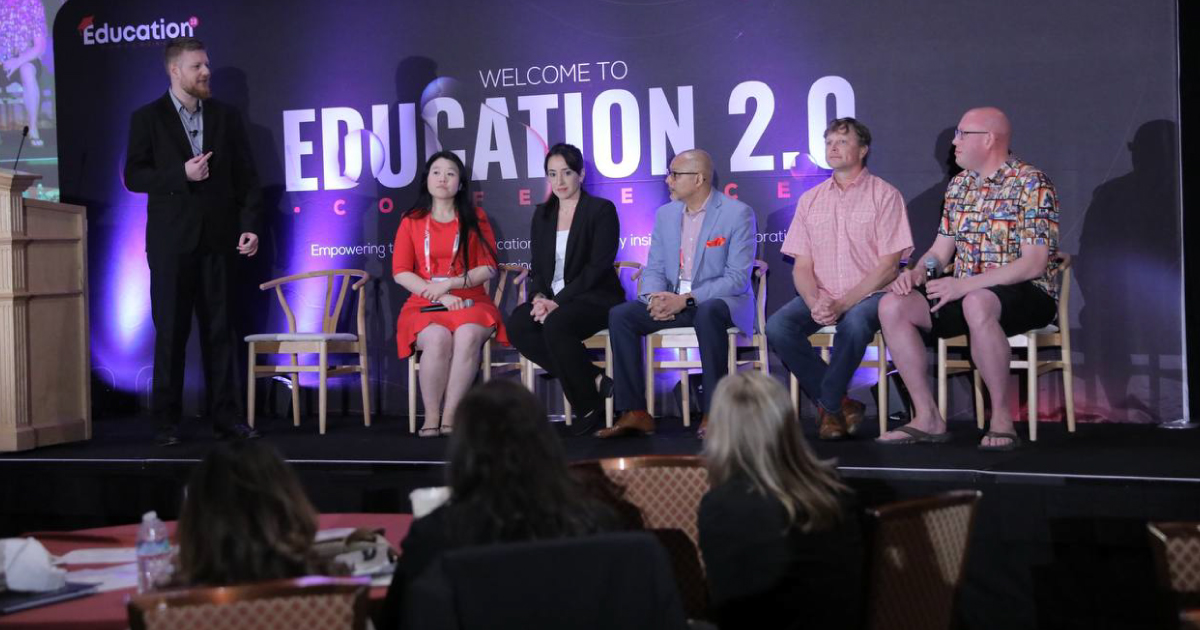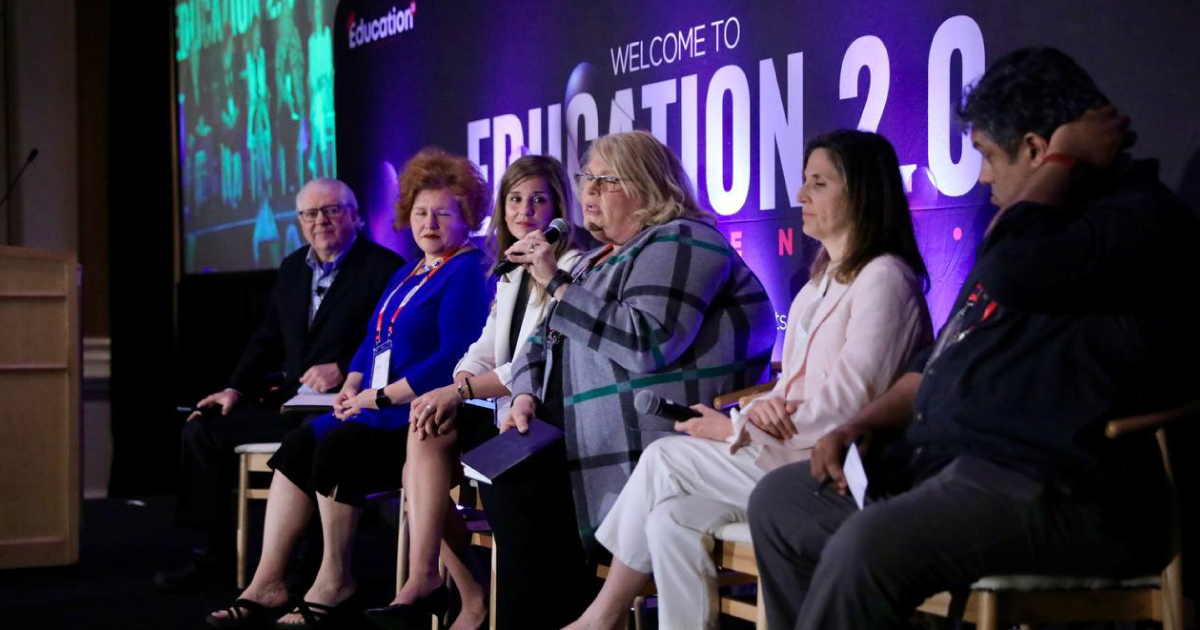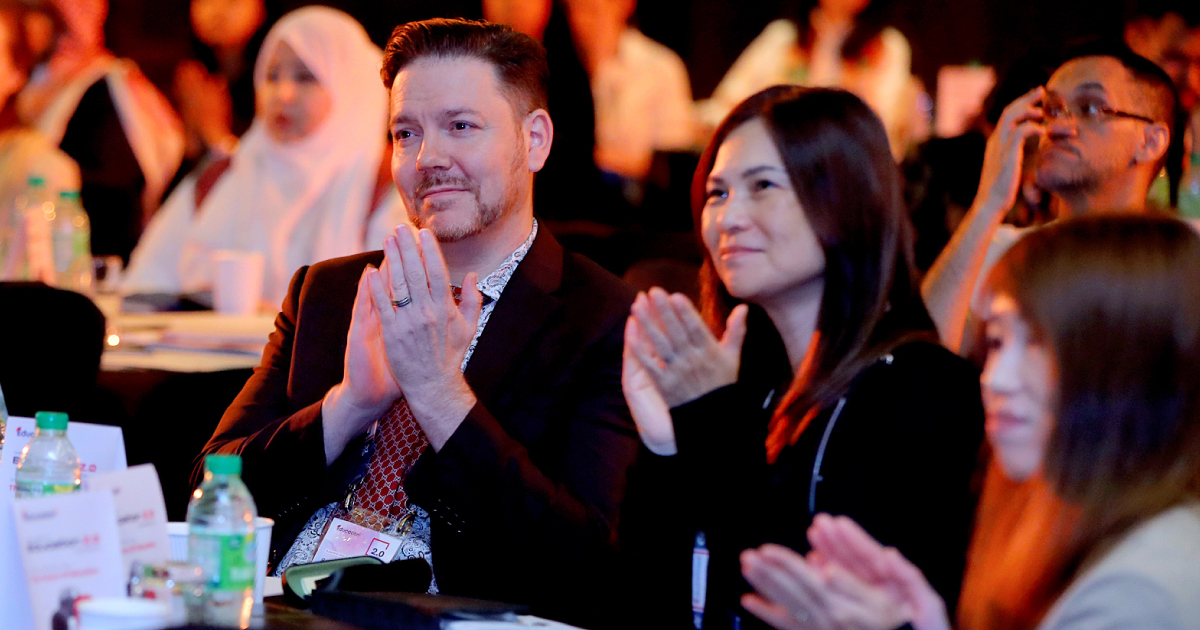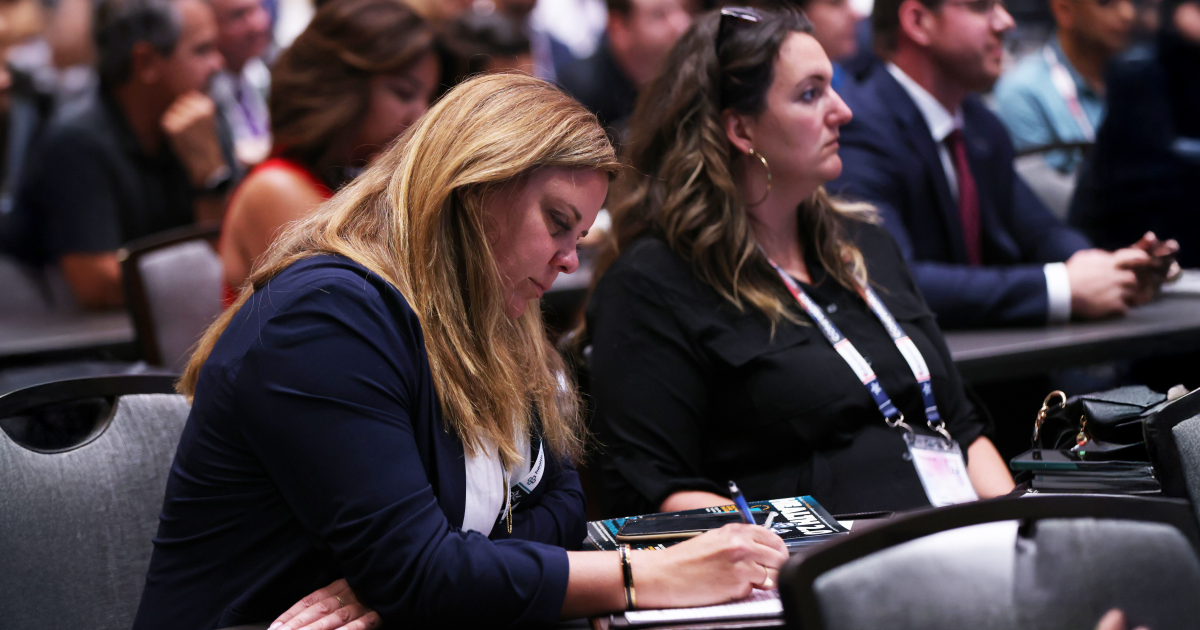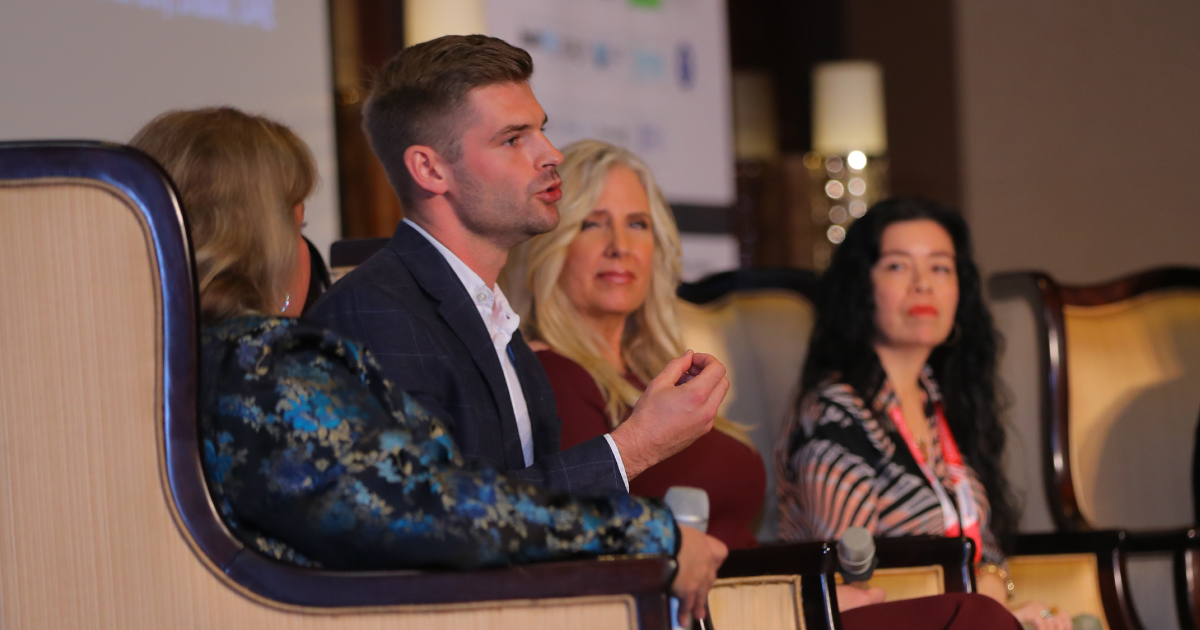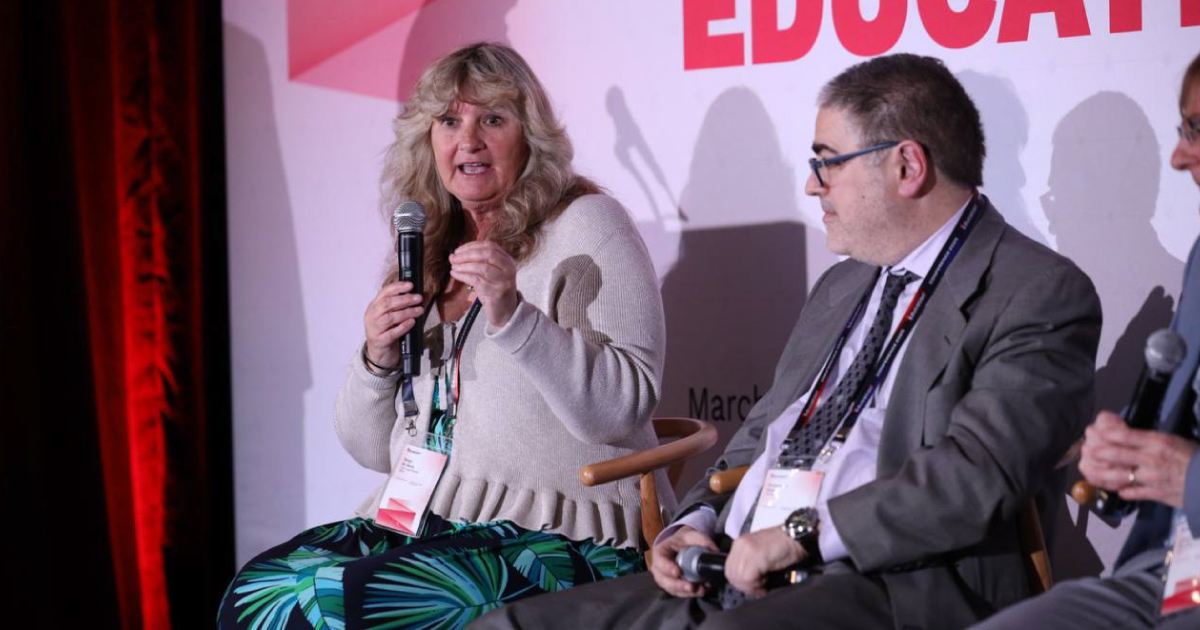Bringing with it infinite possibilities, holographic technology has the potential to revolutionize how the world learns. However, while it has received significant attention in different fields, the education world is yet to adopt it in a big way.
Holograms can make learning and teaching so much easier, especially now since we have embraced the idea of hybrid learning. It can help to bring in more conceptual clarity, enable visualization of abstract concepts, and ensure efficient communication between learners and educators. Especially since the pandemic, many EdTech events have pointed out the urgent need to embrace holographic technologies to meet the dynamic learning needs of students.
In this blog, we will cover some of the uses of holograms in the world of education:
Makes specialized training easier
With holograms, educators and experts can explain crucial subjects and perform experiments right before their learners. For instance, medical students can be walked through surgical procedures without actually having to be in one classroom, that too live, and in person.
AI holograms can also be tapped into to showcase extremely complex subjects and experiments, which learners can also return to later, from the comfort of their homes. Thus, this makes the entire process extremely interactive.
Brings together learners who are in different locations
AI holograms can completely do away with geographical boundaries by simulating face-to-face interactions. For example, students from different countries and in different classrooms can get together to learn more about their diverse cultures through these live projections and perhaps, even 3D show-and-tells! Students get the feeling that they are there, with them, thus creating an immersive and memorable learning experience.
Makes history come alive
Want your learners to get a better understanding of the events that spurred the French Revolution? Or perhaps, experience the Globe Theatre of the Elizabethan era while sitting in the classroom? Holographic technology can make this possible. Through this, learners can not only witness historic events but also interact with the environment when coupled with spatial sound technology.
Makes multiple lectures possible
With holograms, educators can teach multiple classrooms simultaneously. This can prove to be a boon in underserved regions of developing countries that don’t have an adequate number of schools. Universities too, can expand their global reach and play a huge role in eradicating inequalities pertaining to access to education by adopting holographic technologies in the near future.
Signing off
The future is definitely a hologram-friendly one! With time and innovation, holographic technologies will become cheaper, more compact, and easily available. When this happens, it can complement traditional teaching models to facilitate enhanced student engagement and outcomes.
Keeping these developments in mind, it is essential for educators to keep up with the latest trends and innovations so that they have the skills and the know-how to implement such technologies in the modern classroom. Conferences of 2022, such as the Education 2.0 Conference will shed light on these emerging topics by bringing together expert speakers from all over the world. If you would like to expand your horizons and stay current, do make time for such professional development opportunities!


